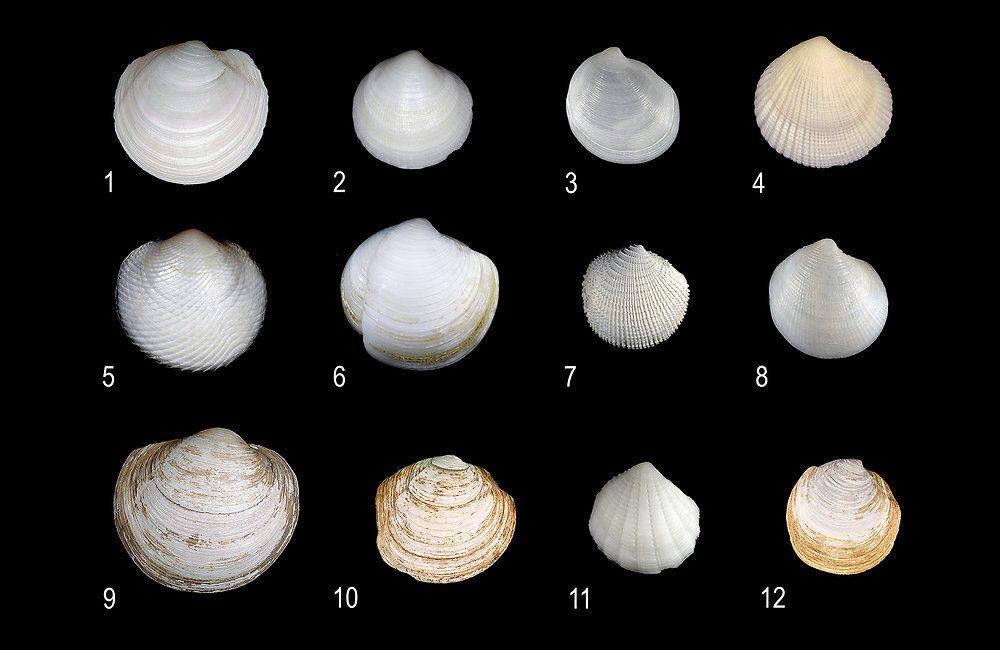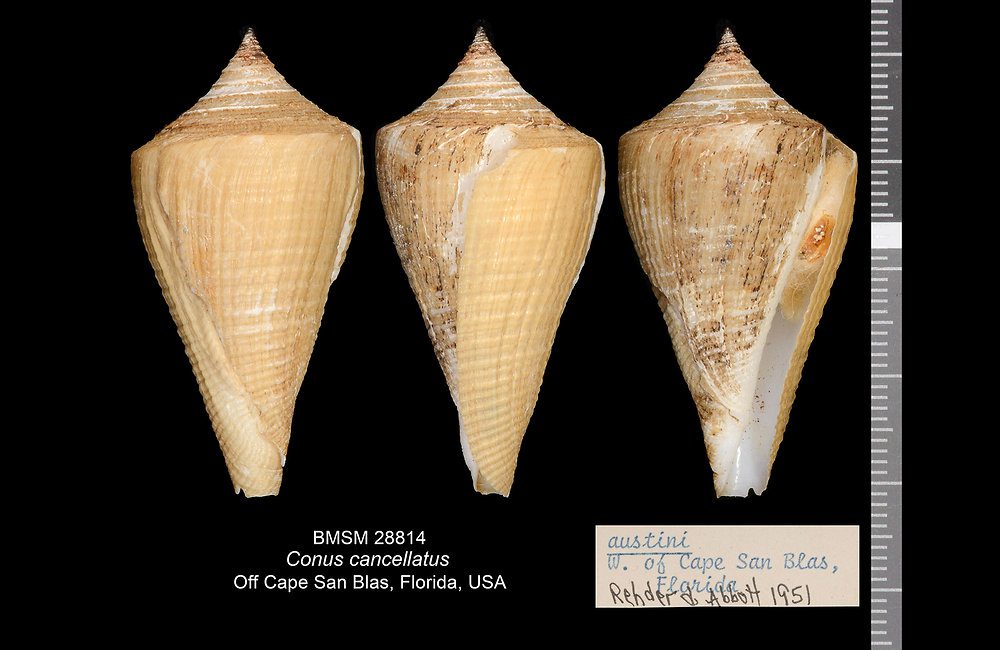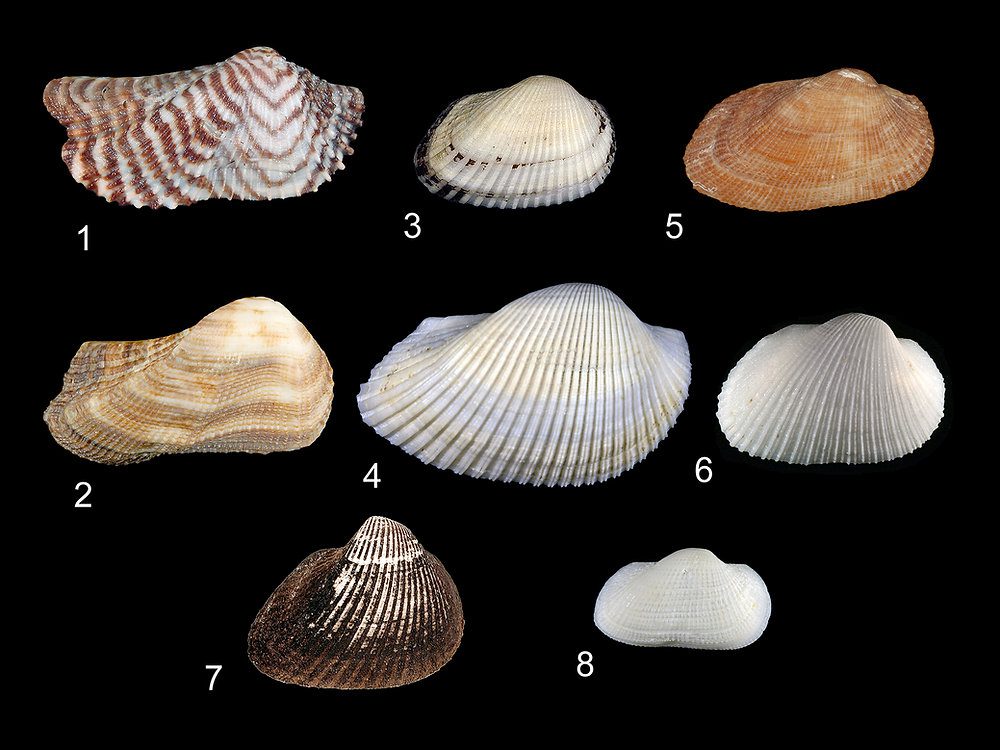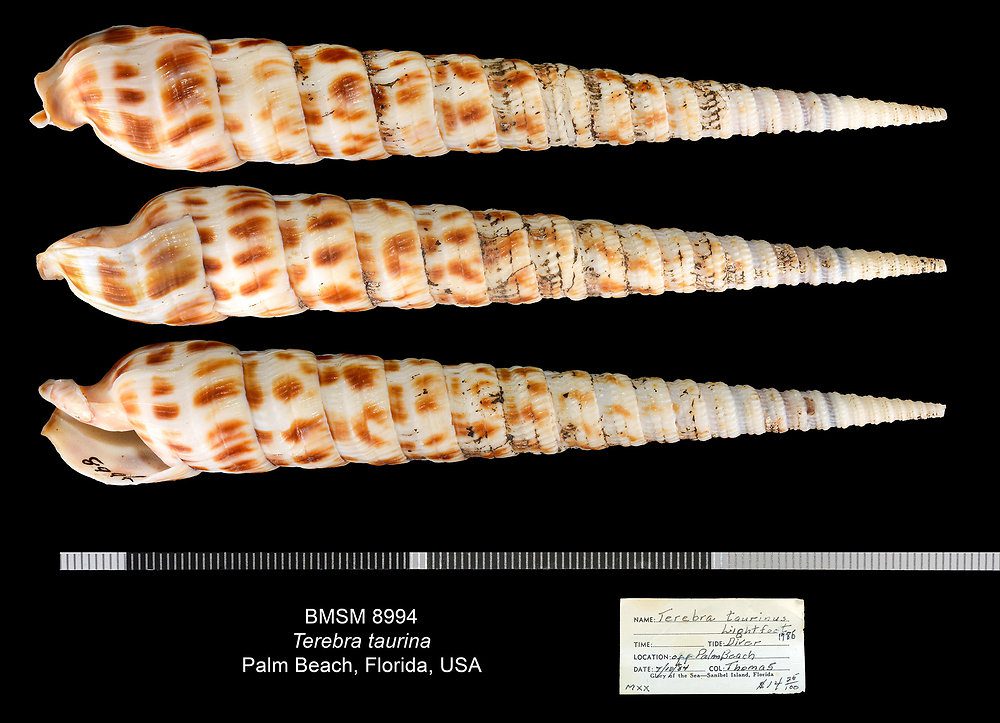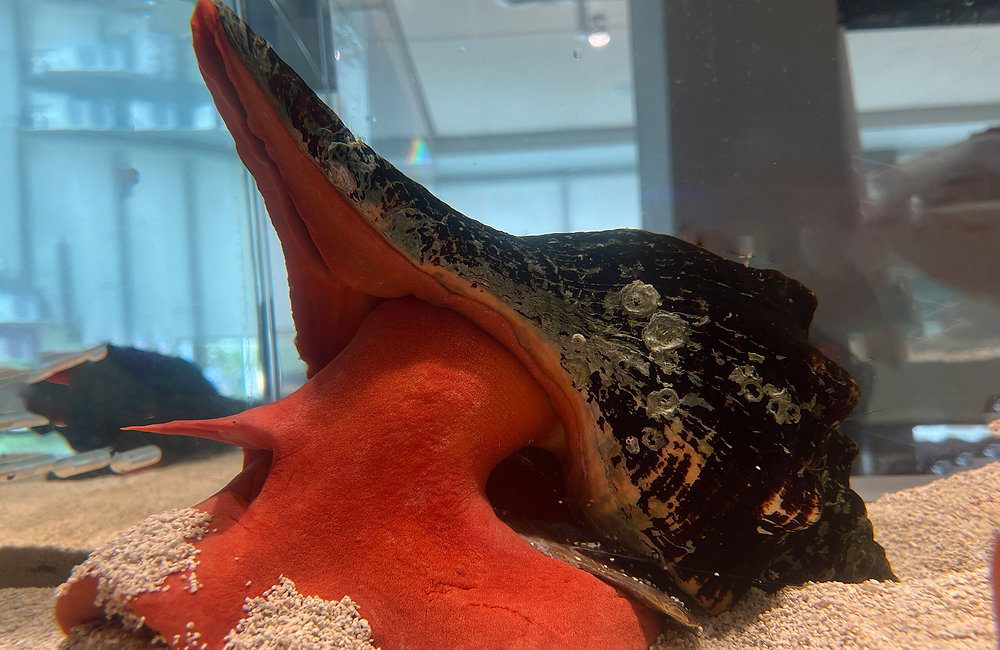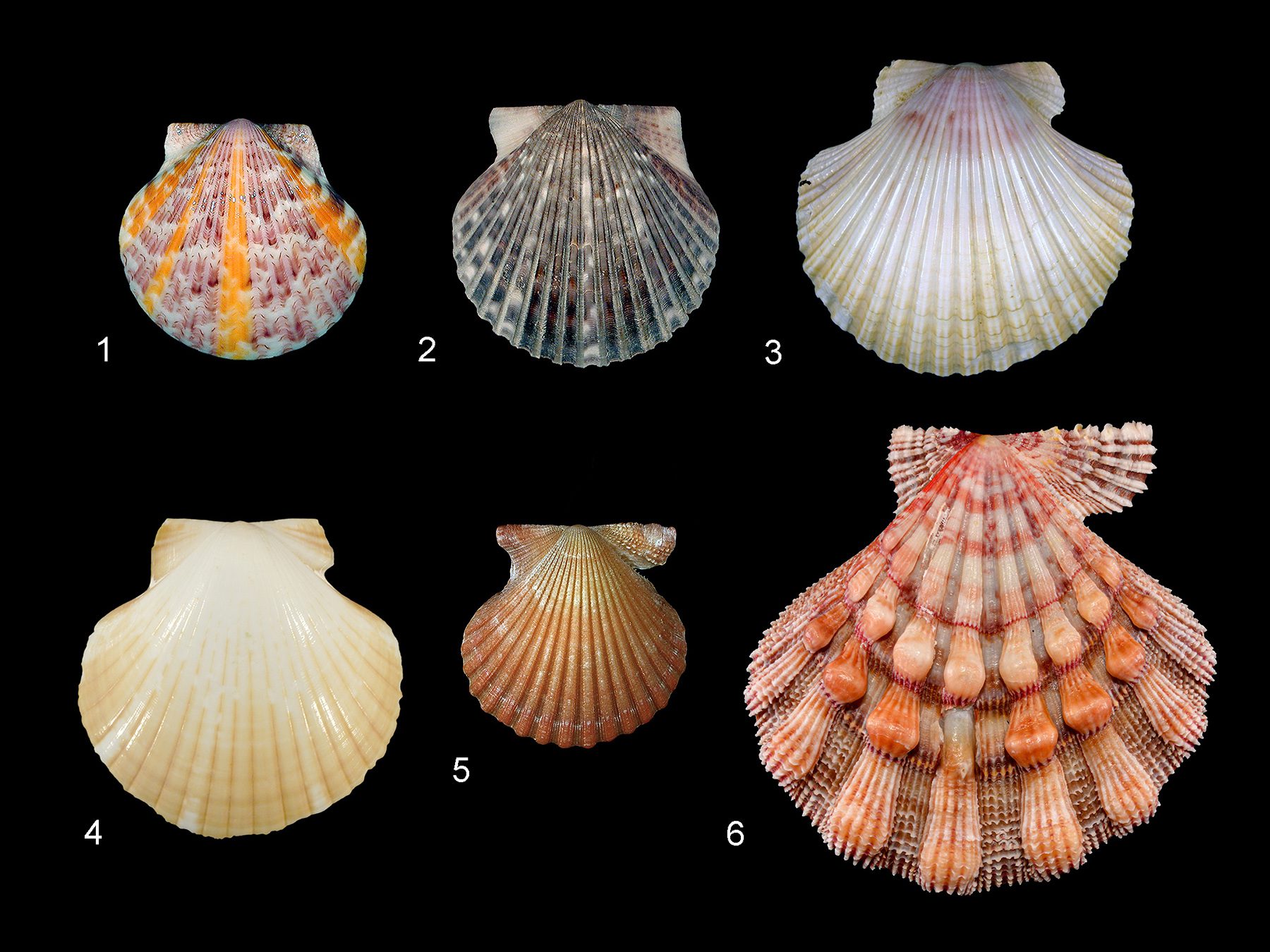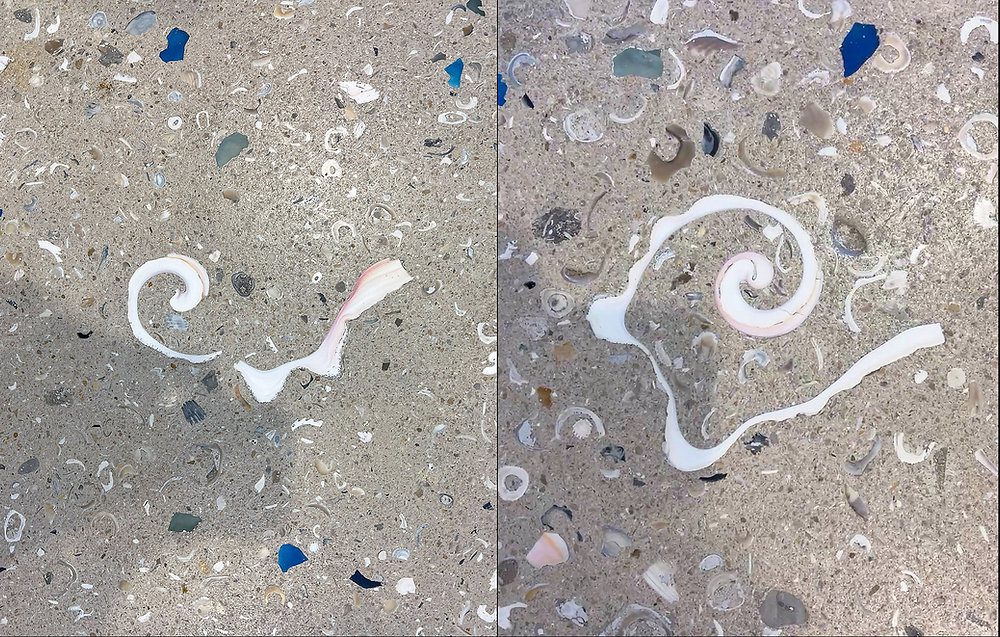
The Floor Tiles at the Sanibel Community House
I have been intrigued by the new (post-Hurricane Ian), charming floor tiles at the entrance lobby of the Sanibel Community House (Sanibel, Florida). They are resin tiles with embedded shells deployed in cross-sections (see diagram on bottom image). The larger cross-sectional pieces clearly parade Queen Conch (Aliger gigas) attributes: The pink layer inside the aperture (shell opening), the large shell knobs, and the flared lip are all shell features of that majestic species. When on Sanibel, take a break to examine the SCH tiles and complement your visit by…
